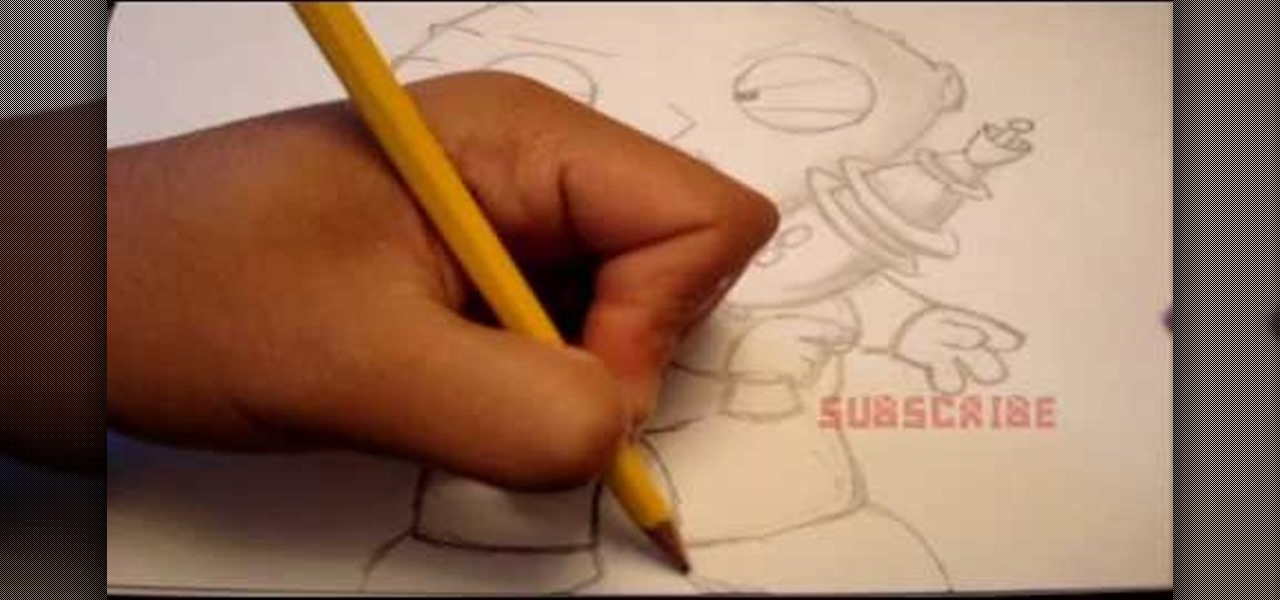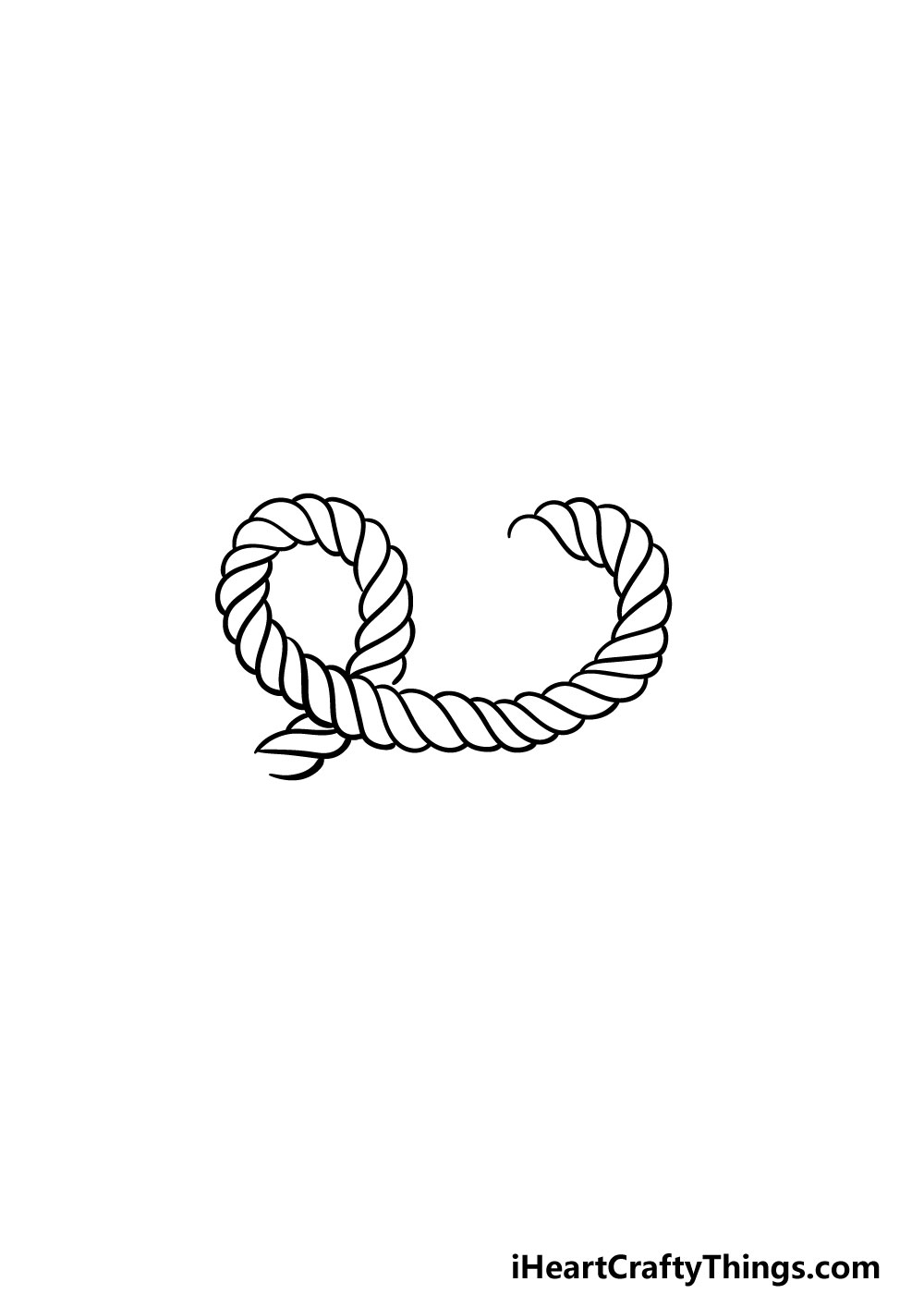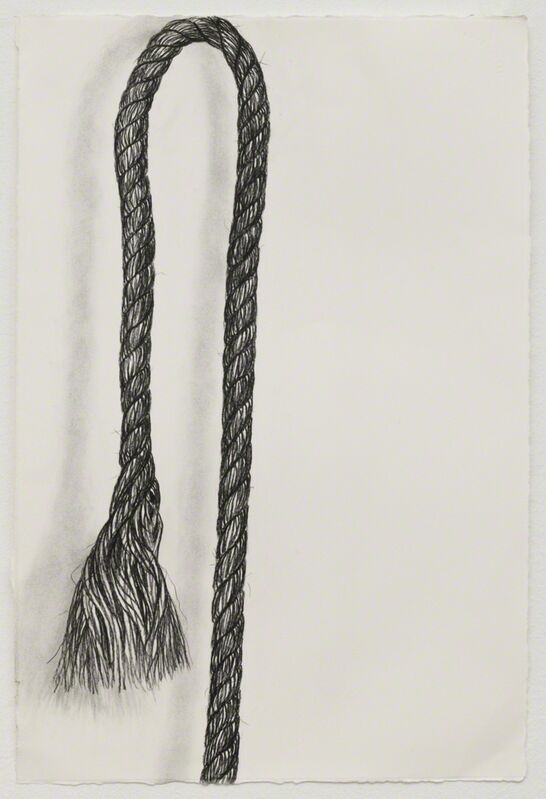
The basis for rope lettering is a lettering with thick, consistent line width. Variant 3 forces you to draw the outlines in a curved style as well.įor our tutorial we will use the first version.For versions 1 and 2, we can define the word with two outlines and insert the pattern afterwards.Depending on how detailed you want to draw the rope, the approach is slightly different.

The rope pattern can be abstracted in various stages. In this case I used a thick rope where you can easily see which lines are characteristic for a rope:Īnd based on exactly this pattern we will design our hand lettering. In Sculpt mode, continuing strokes remains as one object, which allows the fill to be applied along the stroke's length.At the beginning I have to repeat my typical hint when it comes to transferring properties of an object to a lettering: Take a close look at the object in reality! Use Fill-when checked, the concave area of the stroke is filled with the currently set fill color (from Color panel) as you draw.


Its variable width lines can be controlled either by velocity-most useful when drawing with a mouse-or by pressure-for use when drawing with a pressure sensitive pen tablet. When using a combination of sculpting and Use Fill, you can form conjoined pencil strokes that can take a fill with the stroke's concave area. A Sculpt mode also lets you reform or continue your pencil stroke at any time, although you can use the Node Tool to edit too.

With the Pencil Tool you can create a hand-drawn look by drawing freehand, variable width, lines as if you were drawing on paper.Īs you draw, nodes are created automatically along the stroke which can optionally be smoothed as you draw by enabling the Stabilizer feature.


 0 kommentar(er)
0 kommentar(er)
